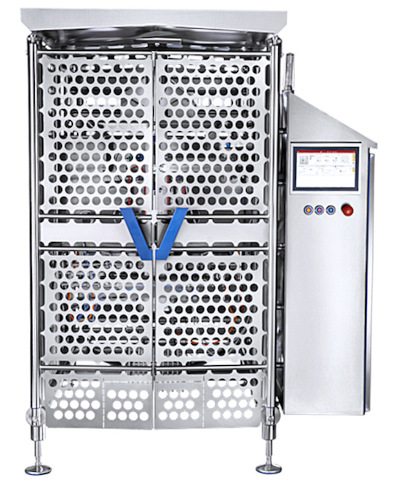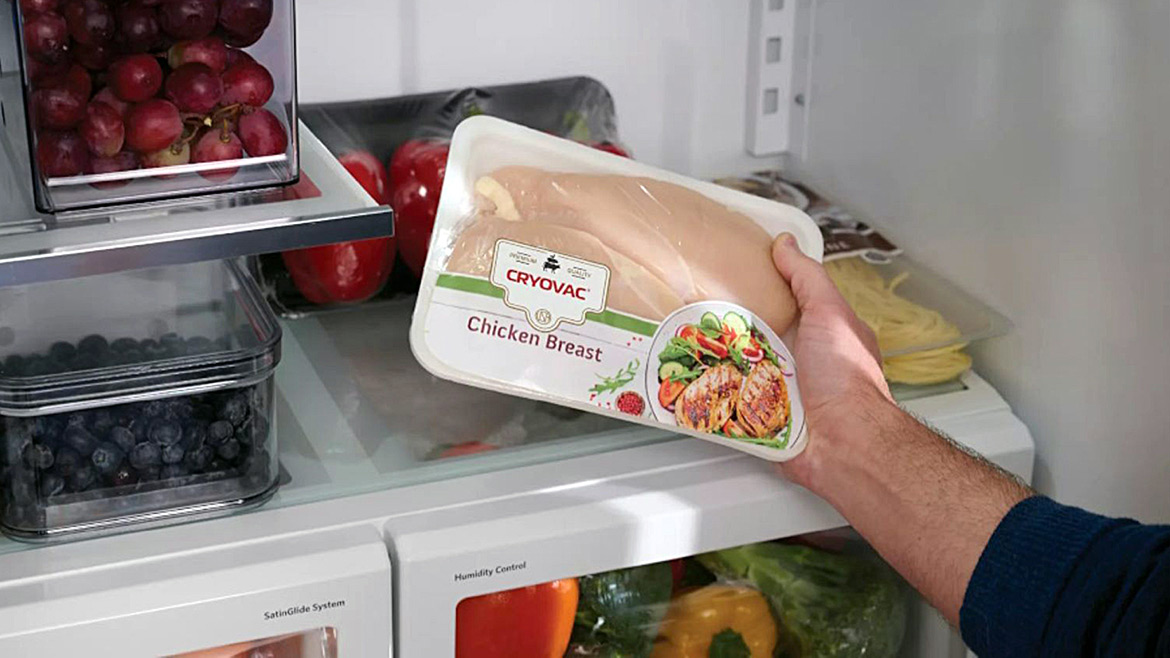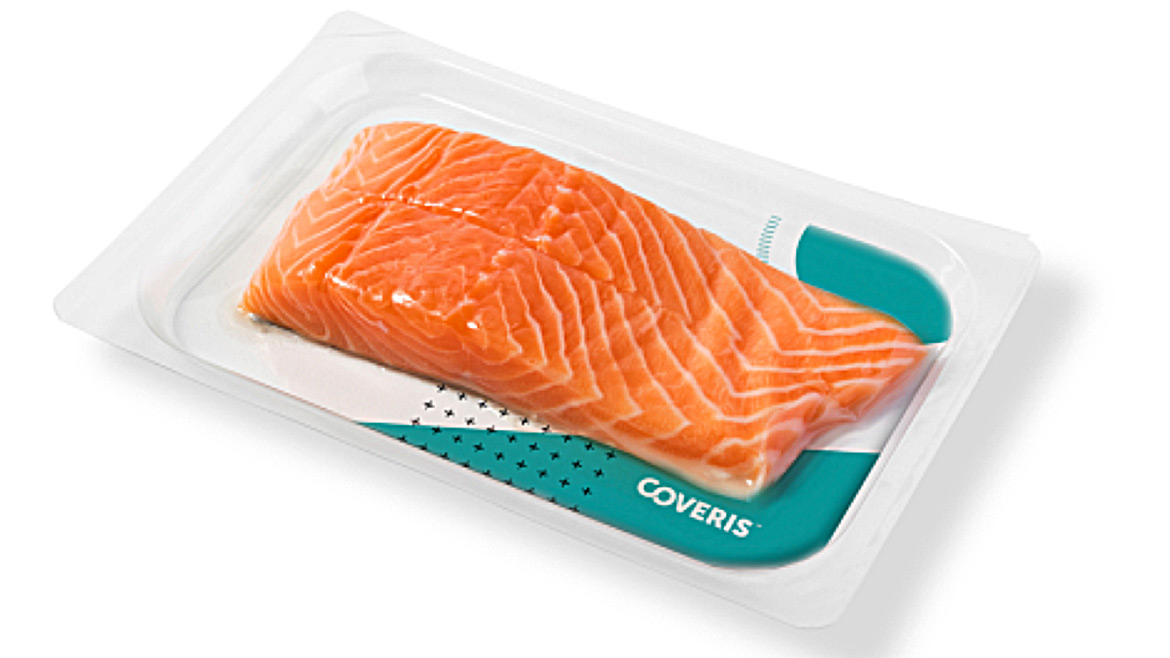Meat & Poultry
Reshaping Meat and Seafood Packaging with Versatility and Sustainability
These companies are driving innovation in the meat and seafood packaging sector.

Meat and seafood packaging is a unique challenge for producers of both machinery and materials. Courtesy of Velteko
In a sector as large as meat and seafood, packaging practices and innovations are deserving of continual focus. Dealing with these products comes with enhanced challenges due to stringent hygiene and quality requirements, affecting all aspects of the packaging process, from machinery to materials. In the last year, developments in the meat and seafood packaging industry have focused on ease-of-use, versatility and sustainability.
First, Velteko expanded its range of vertical packaging machines with its WASHDOWN-360, a waterproof piece of equipment that is ideal for packaging meat and seafood, along with some liquid products. The machine is made of stainless steel, allowing it to endure high pressure washdown practices that add hygienic stability.
On the materials side, SEE developed a protein-safe compostable overwrap tray made from biobased products, making it a viable alternative to expanded polystyrene, which is typically used for meat packaging but has recyclability limitations. Additionally, Coveris expanded its barrier films capabilities by introducing vacuum skin packaging (VSP), which helps limit product waste by extending product shelf-life by up to 25 days.
Learn more about these innovations below.
Velteko Offers Packaging Machines for Operations Requiring High Hygiene Standards

The VELTEKO 360 WASHDOWN is ideal for products that require strict hygiene practices. Courtesy of Velteko
Velteko has expanded its range of vertical packaging machines to include a machine with a hygienic design. This packaging machine is adapted for use in operations that require higher standards of hygiene and sanitation, and the IP69K certification means it can be cleaned using pressure washing. The VELTEKO WASHDOWN-360 vertical packaging machine can be used in operations with more stringent hygiene requirements as well as anywhere that liquids need to be packaged.
The VELTEKO WASHDOWN-360 vertical packaging machine can be used wherever more stringent hygiene standards are required. This particularly includes the food industry — such as for the packaging of frozen food, meat, fish or sauces — and other operations where liquid or semi-liquid products are packaged in conditions requiring higher standards of cleanliness.
SEE Launches Compostable Protein Packaging Tray at IPPE 2024

The new packaging stands out with its compostability and compatibility with existing processing equipment. Courtesy of SEE
In its continuing pursuit to develop packaging materials that meet the sustainability goals of its customers, global packaging solutions provider SEE (NYSE: SEE) has developed the first biobased, industrial compostable tray for protein packaging that has been successfully tested to meet the demands of existing food processing equipment.
SEE’s new CRYOVAC® brand compostable overwrap tray is made from biobased, food-contact grade resin, which is USDA-certified as having 54% biobased content chemically derived from renewable wood cellulose. The tray, which will break down into organic material without leaving toxic residue, was created as an alternative to those made from expanded polystyrene (EPS), which are traditionally used to package fresh poultry and red meat for consumer purchase but are not biodegradable or recyclable.
Coveris Expands Barrier Film Capabilities to Produce Vacuum Skin Packaging

The packaging allows for up to 25 days of additional shelf-life. Courtesy of Coveris
Coveris is expanding its barrier films capabilities to produce vacuum skin packaging (VSP). The expansion is supported by a multi-million pound investment at Coveris’ specialist extrusion site in Winsford, Cheshire, the UK’s largest blown extrusion facility of polyethylene (PE) films.
The investment at Coveris Winsford includes the opening of a dedicated manufacturing hall and installation of the latest VSP conversion equipment. Coveris Winsford’s manufacturing of vacuum skin packaging utilizes its market-leading co-extrusion capabilities and expertise in the production of nine-layer EVOH barrier film for meat, fish and dairy sectors.
Looking for a reprint of this article?
From high-res PDFs to custom plaques, order your copy today!







